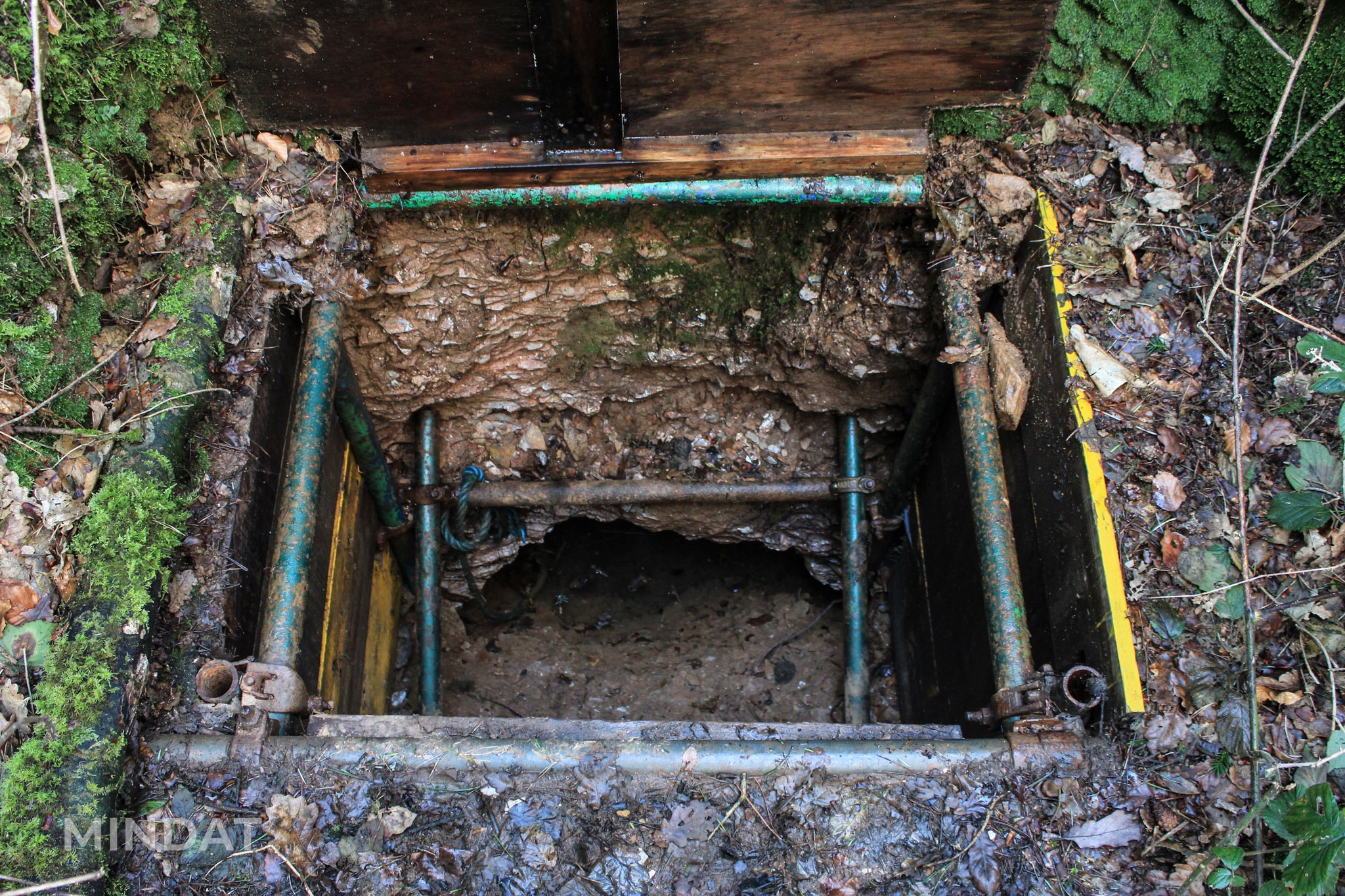Richards’ shaft (S13 on the map below) had reached a depth of 28 fathoms (51 metres) by April 1846, by 1867 it was at 224fm (410m). In 1872 Captain James Richards suggested that the shaft should be deepened to a depth of 300fm (549m) in search of Tin. This plan came off the back of a report by Captain Josiah Thomas of Dolcoath and the Duchy of Cornwall’s mineral agent – John Simmons that concluded there were similarities observed between Richards’ and the main lode that passes through Carn Brea / Dolcoath / Tincroft & Cook’s Kitchen.

It was expected that this undertaking would cost £30,000 (£2.8m today). After five years the men had successfully reached it, unfortunately the lode didn’t contain any copper, tin or mundic. By 1878 the whole project had been abandoned.
By September 1866 there was movement in focus away from mining Copper, instead the uses of “mundic” arsenopyrite / Arsenic were being explored (pesticide, tanning and dye, wallpapers) – the mine later becoming not only the largest Copper mine of its time but also the largest Arsenic producer in the world.
A miners’ footbridge spanned the River Tamar between Latchley and the mine, which during huge floods in November 1894 got carried away along with fifty feet of the head weir (1)
(1) Devon Great Consols – A Mine of Mines, R.J.Stewart



